
01 Jan 1997

Ducktators
Documentary about WWII propaganda cartoons.
British Air Ministry short film highlighting the need for the public to stay clear of aircraft wreckage during World War II.

(uncredited)

(uncredited)

(uncredited)

01 Jan 1997

Documentary about WWII propaganda cartoons.

24 Apr 2021

"Letters from Europe" brings to light the words of men and women who gave their lives resisting the Nazi and fascist conquest from 1939 to '45 across the European continent. The moving goodbyes penned by a few of those sentenced to death are sometimes true spiritual testaments that explore the meaning of civic responsibility, human existence, fraternity, and life and death. Their words, which the film mingles with footage of the present day, can perhaps restore meaning to a humanist ideal and to the ever-changing idea of a united Europe.
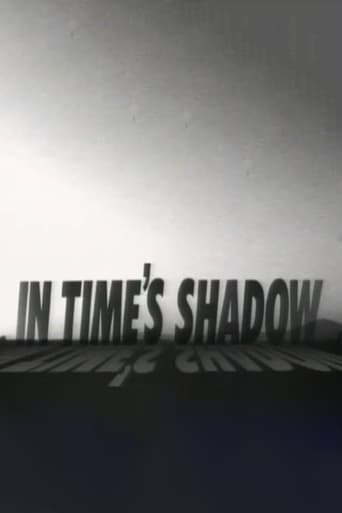
08 Aug 1995

Drawing upon eye-witness accounts from survivors and participants in the bombing of Hiroshima, this programme shows how both Japan and the United States are still facing enormous problems in coming to terms with the legacy of that fateful August day.
05 Jan 2016
This film tells the story of one of the most contentious combats of WW2, the actions of Kamfgruppe Peiper during the Battle of the Bulge.From the outset the King Tigers of December 1944, in poor winter weather, could not cut through the forest roads as the smaller Panzers had done in 1940 but were slowed down by determined resistance by small groups of American GIs, Obersturmbannfuhrer Jochan Peiper, commander of the elite spearhead, the Leibstandarte's 1st Panzer Regiment advancing west on one of the Division's three rolbhans became increasingly frustrated by enemy resistance and poor roads. Eventually anger boiled over into atrocity and the murder of US soldiers and Belgian civilians at Malmendy and elsewhere along the route. Experienced soldiers, historians and film makers analyse events on the very ground where they happened, stripping away legend and obfuscation of all kinds to present the facts for the viewer to make their own decision..
16 Dec 2015
The Northern most thrust into the wintery Ardennes of General Manteuffel's Fifth Panzer Army fell on the inexperienced 106th US Infantry Division, who had not only just arrived in the Europe but had only been in the line for five days, in what was supposed to be a 'ghost front'. One of the best German infantry divisions, the 18th VG fell on the over extended 106th dug in on the Schnee Eifel, where two US regiments were surrounded and forced to surrender.Major General Jones was unable to stem what became a general retreat but, as in all retreats, both the best and the worst of human nature was on display. Small groups of officers and men fought on repeatedly, delaying the German spearheads on the road to St Vith and buying time for elements of 7th US Armd Div to arrive. After a desperate fight, Field Marshal Montgomery controversially took over the Northern shoulder of the Bulge and ordered 7th Armd Div and the remnants of the 106th to abandon St Vith.
In 1944 Adolf Hitler decided that his only military option " as Defeat was staring Germany in the Eyes" was to carry out a major offensive in the west to split the Allies Western Front by capturing Antwerp. This would he hoped buy time to halt the Russians in the East. this film examines his dilemma and the plan that was produced.
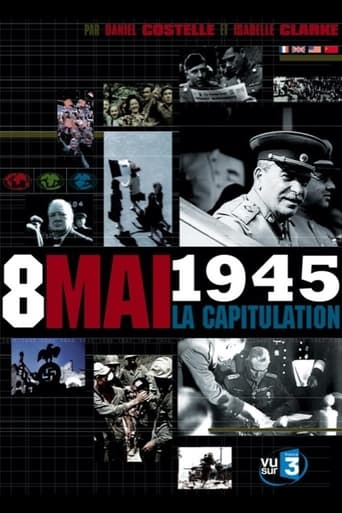
07 May 2005

A film made of archives mostly unknown, on the last day of the Second World War in Europe and on the events which preceded it. This film also shows the growing tension between the Allies and the Soviets at the time: May 8, 1945 is also the first day of the Cold War.
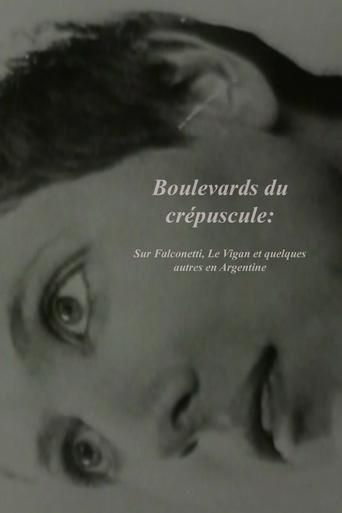
01 Aug 1992

In this documentary about the exile of two famous French actors in Argentina during and after World War II, the director Cozarinsky returns to Argentina after many years in France and recalls places and events from his childhood, particularly the celebration of the liberation of Paris on in August of 1944, in Buenos Aires's Plaza Francia. Featuring testimony from various authors and acquaintances of Maria (Renee) Falconetti and Robert Le Vigan, the film explores their lives and final years in Argentina.
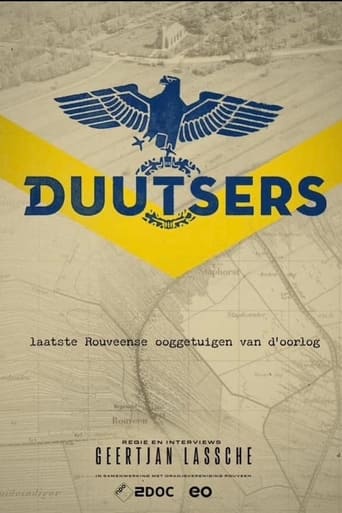
04 May 2023

How was the Second World War experienced in Rouveen, Overijssel? This Orthodox Christian village near Staphorst was self-sufficient during the war. And largely isolated from the outside world. The last eyewitnesses of the war, the children of that time, are now all very old. In the Duutsers, residents of the Overijssel village of Rouveen talk movingly openly about their war memories to fellow villager and filmmaker Geertjan Lassche. Their stories are interspersed with historical video fragments and photos from the past. This is how an honest child's view of growing up in a rural village unfolds. How did the war come to the village? Who is that stranger in the village in front of them, that German? And in what those of other strangers? When does unrest arise, and unrest in fear of hatred? What about the Jewish labor camps in the village and how did they view the Canadian liberators?
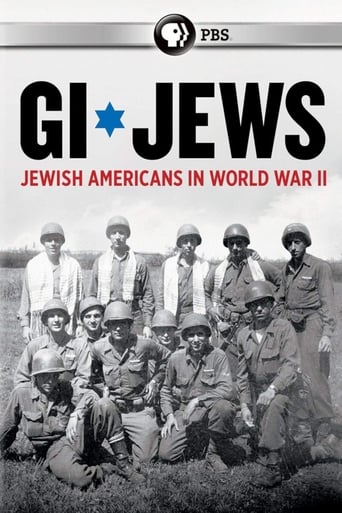
09 Apr 2018

550,000 Jewish American men and women fought in World War II. In their own words, veterans both famous and unknown (from Hollywood director Mel Brooks to former Secretary of State Henry Kissinger) bring their war experiences to life: how they fought for for their nation and their people, struggled with anti-Semitism within their ranks, and emerged transformed, more powerfully American and more deeply Jewish.
10 Sep 2009
No overview found
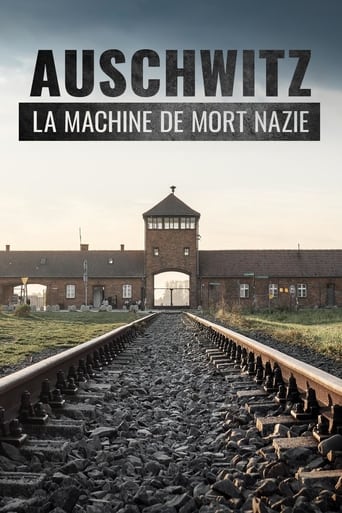
01 Sep 2021

No overview found
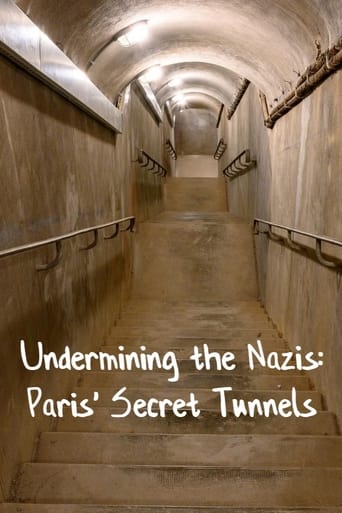
01 Jan 2022

Two men show extraordinary courage by secretly mapping Paris' underground during the 1940 German occupation.
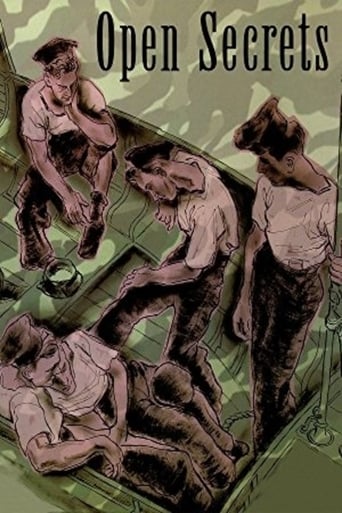
24 May 2004

This provocative documentary uncovers a lost chapter in Canadian military history: how the Armed Forces dealt with homosexual behaviour among soldiers, during and after World War II. More than 60 years later, a group of five veterans, barely adults when they enlisted, break the silence to talk about how homosexual behaviour "was even more unmentionable than cancer." Yet amidst the brutality of war, instances of sexual awakening among soldiers and officers were occuring. Initially, the Army overlooked it, but as the war advanced, they began to crack down: military tribunals, threats of imprisonment, discharge and public exposure. After the war, officers accused of homosexuality were discharged. Back home in Canada, reputations and careers were ruined. For the young men who had served their country with valour, this final chapter was often too much to bear. Based on the book Courting Homosexuals in the Military by Paul Jackson.
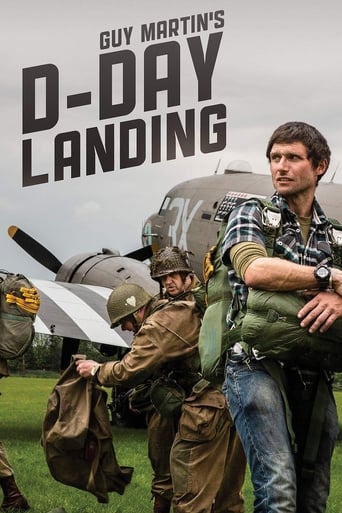
02 Jun 2019

Guy Martin undertakes a challenge to restore a plane from the Second World War, and recreate a parachute jump into Normandy, as thousands of Allied soldiers did during D-Day.
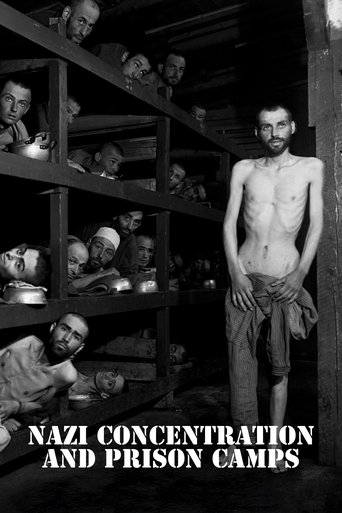
29 Nov 1945

Produced and presented as evidence at the Nuremberg war crimes trial of Hermann Göring and twenty other Nazi leaders, this film consists primarily of dead and surviving prisoners and of facilities used to kill and torture during the World War II.
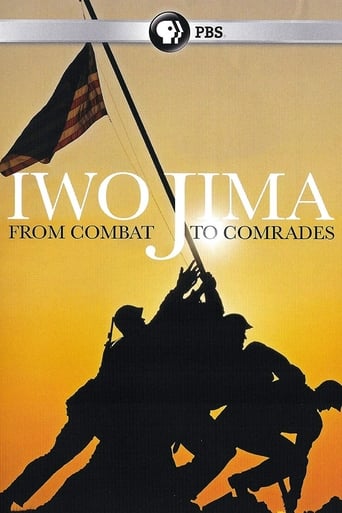
10 Nov 2015

For the men who fought perhaps the fiercest battle of WWII, seventy years have passed. But the memories of those 36 bloody days on Iwo Jima have not. In the spring of 2015, survivors of both sides of the battle returned for the last time to join a Reunion of Honor — a unique, now-peaceful fellowship first forged of fire and bullets.

13 Nov 1953

The film begins with the First World War and ends in 1945. Without exception, recordings from this period were used, which came from weekly news reports from different countries. Previously unpublished scenes about the private life of Adolf Hitler and Eva Braun were also shown for the first time. The film was originally built into a frame story. The Off Commentary begins with the words: "This film [...] is a document of delusion that on the way to power tore an entire people and a whole world into disaster. This film portrays the suffering of a generation that only ended five to twelve. " The film premiered in Cologne on November 20, 1953, but was immediately banned by Federal Interior Minister Gerhard Schröder in agreement with the interior ministers of the federal states of the Federal Republic of Germany.
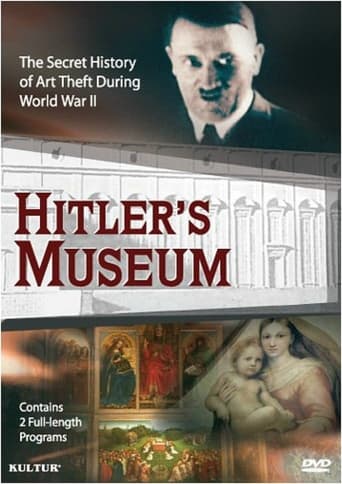
03 Nov 2006

One and a half years before the begin of the Second World War during the annexation of Austria in March of 1938, Hitler conceived the megalomaniac idea of creating the largest European art center in his home town of Linz. At the beginning of the war on the 1st of September 1939, not only did his armies advance but also his art thieves began to fan out in their great foray of art plundering; an expedition on a previously unheard of scale began. Not only did the task forces of diverse National Socialist organizations pillage the occupied countries; Nazi bigwigs like Goering also took whatever they felt was valuable. This documentary includes the long and eventful journey of an exceptional masterpiece of European art: the Ghent Altar, created by van Eyck.
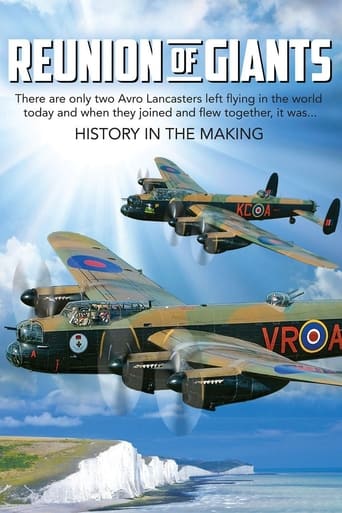
11 Nov 2015

It had been 50 years since two Avro Lancaster bombers flew side by side. The Canadian Warplane Heritage Museum's Avro Lancaster, VeRA, flew from Hamilton, Ontario to meet her British counterpart, Thumper - the only other surviving flight worthy Lancaster bomber in the world - the RAF Battle of Britain Memorial Flight's (BBMF) Lancaster in England. This documentary includes first-hand accounts from the men and women who experienced the war and were connected to the Lancaster. It transports the viewer back in time as they share what it was like during the Lancaster's glory days. REUNION OF GIANTS documents this historic mission as it unfolds through the eyes of the flight crews, veterans, friends and family. It includes all parts in this new chapter of the bomber's history, as VeRA crosses the Atlantic.